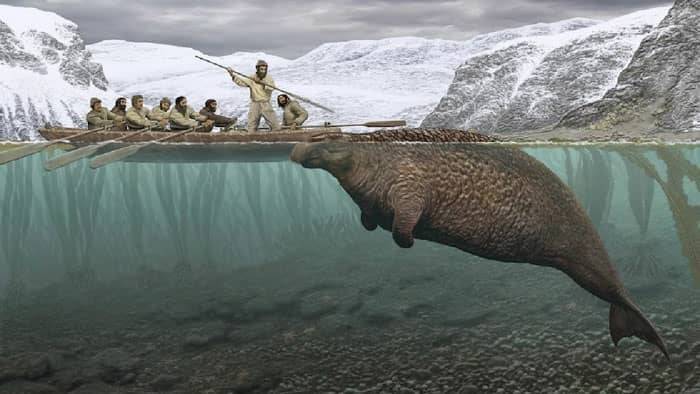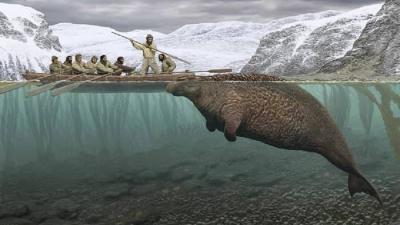According to a new study published in the prestigious journal Nature Ecology & Evolution, human activities affect the way animals move in their environments, posing a potential risk to their lives and contributing to extinction threats worldwide.
The study indicates that most human activities can influence animal movement, either directly through hunting, tourism, or recreation, which may cause animals to avoid certain areas, or indirectly through the construction of roads, cities, deforestation, and agriculture that disrupt natural habitats. This leads to animals migrating further or to less suitable locations in search of food, shelter, or mates. For example, birds often have to fly longer distances due to deforestation, while the ranges of reptiles shrink in response to urbanization and construction.
During the study, researcher Tim Doherty and his colleagues compiled data from 208 studies on 167 species of terrestrial and aquatic animals across six continents. They found that disturbances and human activities have restructured animal movement globally, with more than two-thirds of the 719 cases evaluated showing that animals changed their movement by 20% or more. The researchers also found that animals were more likely to increase the distance they traveled in response to human disruptions rather than decrease it, with direct human activities and interventions having the greatest impact.
In reality, finding food and mates is already a daunting task for most animals. Many will struggle if they are forced to migrate constantly or if their movement is impaired or slow. This change in movement also has cascading effects, such as altering the distribution of pollen and seeds by birds or decreasing the number of rodents hunted by carnivores.




